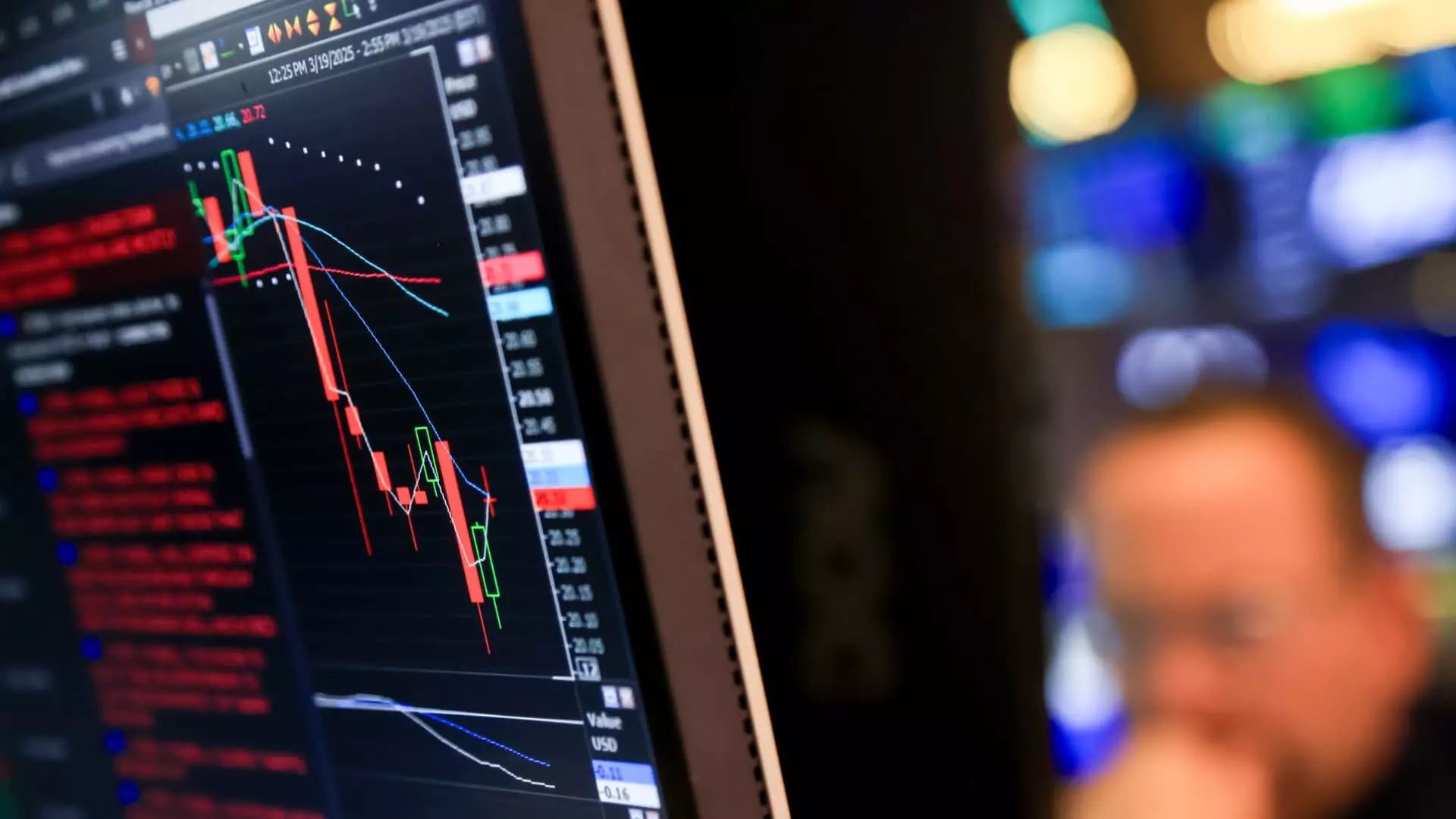Despite being a cornerstone of innovation and economic growth, the venture capital (VC) ecosystem is increasingly under siege. As of late, the tumultuous landscapes of global equities combined with stringent tariffs from the U.S. government have thrown a wrench into the traditional mechanisms that sustain venture funding. The imminent threat raises questions about the viability of the VC landscape, its adaptability, and whether it can navigate its current crises to emerge intact.
The IPO Drought: A Recipe for Discontent
One of the most pressing issues plaguing venture capitalists is the dire lack of initial public offerings (IPOs) and mergers and acquisitions (M&A). As companies like Klarna and StubHub delay their plans to go public amidst swirling uncertainties, the repercussions reverberate throughout the investment community. These unicorns, once thought to be ready for the limelight, find themselves in a quagmire where the market’s hostility toward IPOs governs their decisions. The downshift in IPO activity means that VCs face an uphill battle; they cannot cash out their investments, which leads to stagnant funds and unhappy investors.
It’s no secret that venture capital relies heavily on these exits to deliver returns, particularly when limited partners—those institutional backers—anticipate significant profit. When exit routes close, it triggers a slower cycle for capital acquisition, leading to a precarious financial scenario not only for the VCs but for the startups that rely on their backing.
The Tariff Effect: Unforeseen Consequences
Adding to the complexity is the impact of U.S. tariffs, which breed uncertainty in the markets. The ramifications are far-reaching, influencing everything from global supply chains to funding routes for startups striving for growth. As startup firms face higher operational costs and potential market isolation, it becomes increasingly challenging for them to secure additional funding from VCs who are already jittery about the current economic climate. The ripple effect can stifle innovation as entrepreneurs become more risk-averse, opting to scale back instead of pushing the envelope.
This uncertainty isn’t just a minor setback; it represents a significant threat to the creativity and resourcefulness that characterize the startup ecosystem. The longer tariffs remain an ambiguous threat, the more startups may choose to stay dormant instead of seeking out venture funding that could propel their growth.
The Illusion of Private Market Security
Private markets operate under entirely different rules than their public counterparts, leading to a disconnect during times of economic turbulence. While private investors traditionally have more latitude and can afford to be patient, they are not immune to the broader market fluctuations. When public markets contract, so does the appetite for new investments in the private sphere. As VC interests align closely with startup valuations, the reluctance to adjust valuations creates a precarious situation; startups are effectively trapped in a valuation limbo that hampers their ability to raise funds.
The narrative here is that valuations often remain stagnant unless a funding round occurs, and that void typically arises fewer and farther between as money becomes tighter. In essence, the very structural foundations of venture capital are beginning to show cracks.
A Shift Toward European Ventures?
Although American startups grapple with these realities, a fascinating dynamic may emerge as European tech ventures begin to capture the spotlight. Leaders like Christel Piron suggest that uncertainty surrounding U.S. markets may prompt founders and talent to seek refuge in Europe, which might soon become the attractive oasis for innovation. With the increasing synergy within the European tech community, many feel that now is the opportune time to bolster a robust and resilient tech ecosystem across the continent.
While entrepreneurs juggle their own challenges, stakeholders in the European market remain hopeful, interpreting the current U.S. environment as one of Europe’s best chances to gain traction. This shift may create an unexpected avenue for venture capitalists to invest in a more stable and potentially lucrative European landscape.
Merger and Acquisition Opportunities: A Potential Silver Lining
As the IPO landscape hardens, some industry experts are betting on the resurgence of M&A as a viable exit strategy for VCs. While these “problem-solving” exits may lack the allure of a glamorous IPO, they present a timely alternative for investors looking to recoup their investments. Through M&A, startups can find an advantageous pathway to realize their value without being entirely beholden to the whims of the public markets.
Nevertheless, this potential wave of acquisitions raises substantial risks. Late-stage firms may find themselves facing “down rounds,” characterized by funding secured at diminished valuations. This scenario exacerbates existing pressures on profit margins and may create an environment where startups become hesitant to seek support during crucial growth phases.
As we witness the unfolding of these trends, it is clear that venture capital is navigating uncertain waters. With an eye toward innovative recovery, stakeholders must adapt, innovate, and reassess their strategies. It is through navigating adversity that the brightest opportunities may emerge, but it remains to be seen whether or not the venture capital community is ready to rise to the occasion.

